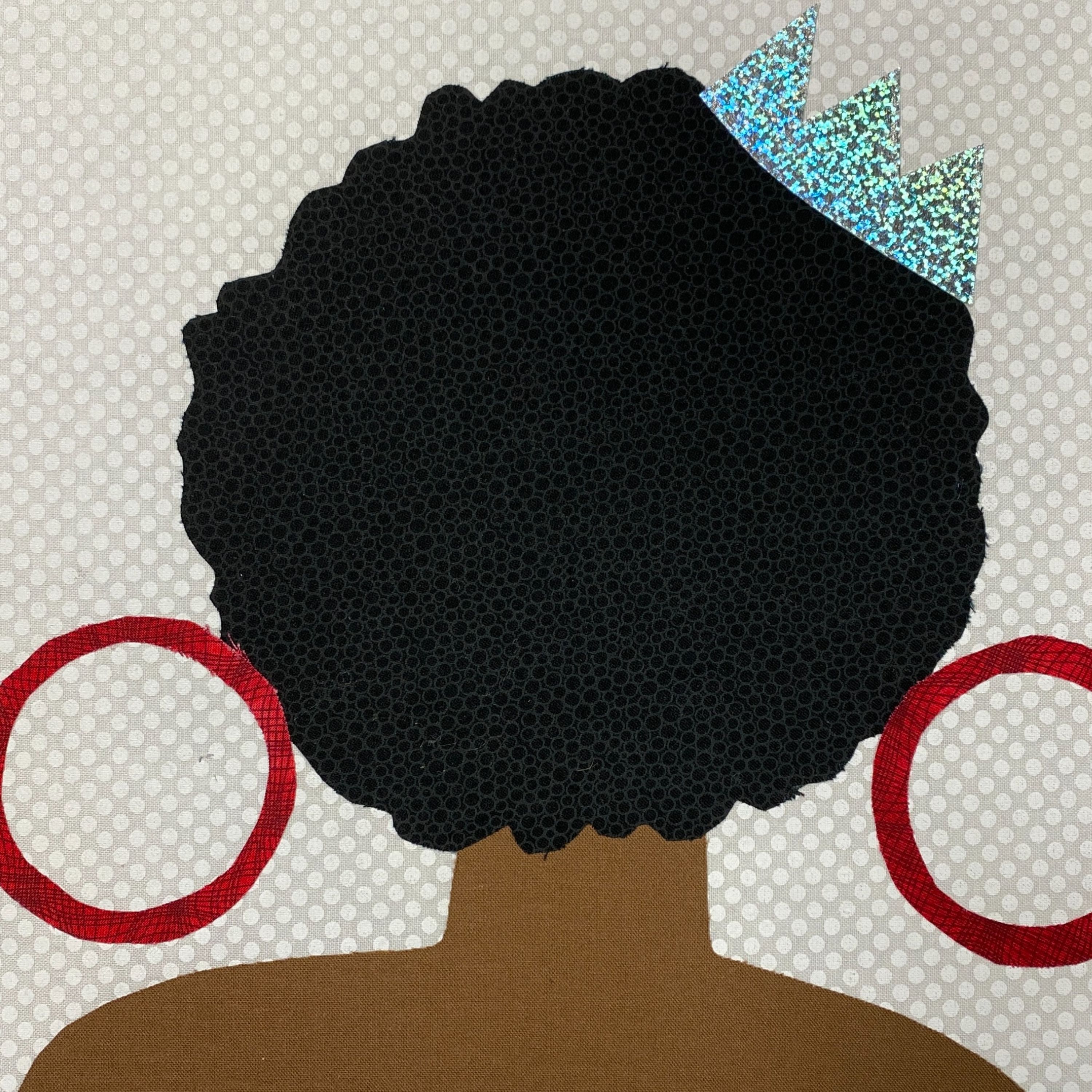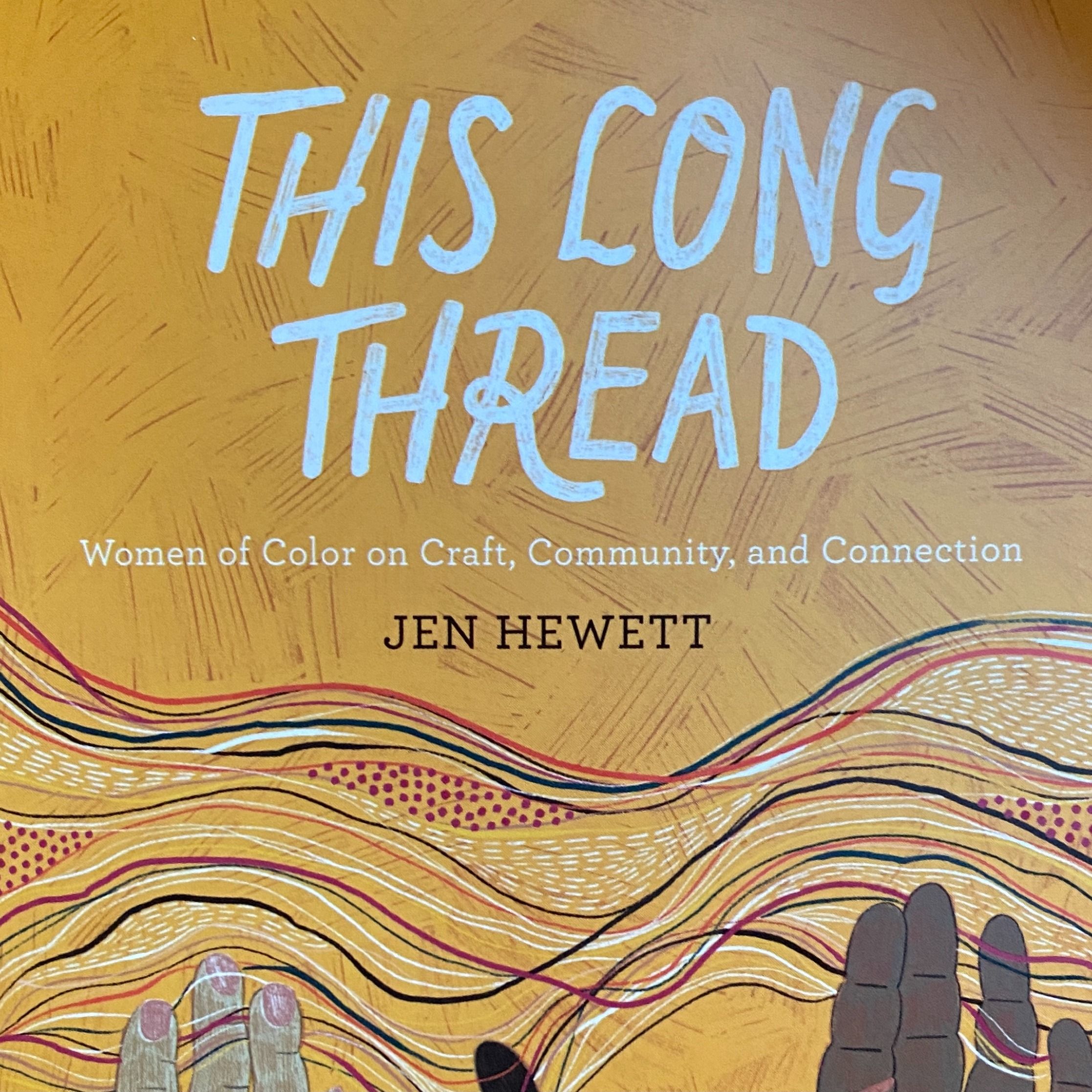Kristine Mays website, instagram, facebook
Eldridge Cleaver, writer and political activist
''Our crown has already been bought and paid for. All we have to do is wear it.'' -James Baldwin
Lisa shared her exploration of “Forecrafting:” using one’s limited resources to craft something that will save and preserve your future- whether you’re there to see it or not. inspired by Joshebed, biblical Moses’ mother, and fueled by Sally Hemmings, an enslaved Black girl (she gave birth to her first child by Thomas Jefferson at 14) and woman (half-sister to Jefferson's wife) who "negotiated extraordinary privileges" with Jefferson for the eventual freedom of her children by him.
Cecile Lewis, teacher, natural dyer, quilter, and artist
Lisa mentions Kristine’s show “The Black Woman is God: Divine Revolution”
Kristine’s upcoming installation can be experienced at the Atlanta Botanical Gardens, during the Orchid Daze February 12-April 10, 2022
BlackWomenStitch Instagram, homepage, Patreon
Sign up for the Black Women Stitch quarterly newsletter
Check out our merch here
Leave a BACKSTITCH message and tell us about your favorite episode.
Join the Black Women Stitch Patreon
Check out our Amazon Store
Stay Connected:
YouTube: Black Women Stitch
Instagram: Black Women Stitch
Facebook: Stitch Please Podcast




